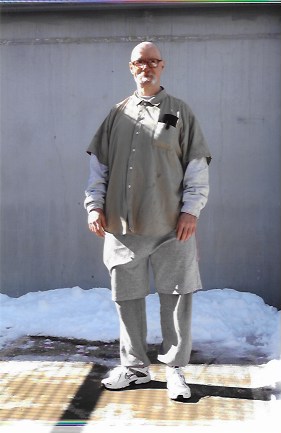
(5-20-19) A new publication by the Substance and Mental Health Services Administration (SAMHSA) about involuntary commitment reveals how dramatically Dr. Elinore McCance-Katz is changing the federal government’s view of Assisted Outpatient Treatment.
Prior to Dr. McCance-Katz’s 2017 appointment to the newly created position of undersecretary for mental health and substance abuse, AOT was not a federal priority. AOT proponents, such as Dr. E. Fuller Torrey and D.J. Jaffe, accused SAMHSA of funding anti-AOT organizations.
Now SAMSHA is promoting AOT in a report released last month entitled Civil Commitment and the Mental Health Care Continuum: Historical Trends and Principles for Law and Practice .
AOT requires someone, who meets criteria, to undergo court-supervised, mandatory treatment in a community setting. Its opponents frequently call it “forced medication” although AOT can require other treatment services besides or in addition to medication. Its supporters argue it is necessary to rescue individuals with serious mental illnesses who “lack insight” and do not understand they are ill.
Mental Health Weekly, a subscription service that reports about litigation, legislation and corporate policy affecting mental health, interviewed Dr. McCance-Katz about the new report. It quotes her stating that the purpose of the new SAMHSA report “is to start to talk about the needs of the population with serious mental illness [SMI] and how we can best meet those needs.”
“What we’re trying to do is discuss circumstances and conditions under which individuals might need commitment and how that process might be undertaken.”
The SAMHSA report looks back more than 40 years to the closure of state hospitals and the failure of states and the federal government to fully support community based care. It reports there are insufficient hospital beds for Americans with mental illnesses. It suggests AOT laws can be a successful alternative to a lack of beds and postulates that AOT laws can force states to better fund better community services. The rational: if someone is ordered by a judge to undergo treatment, then community treatment must be provided.






